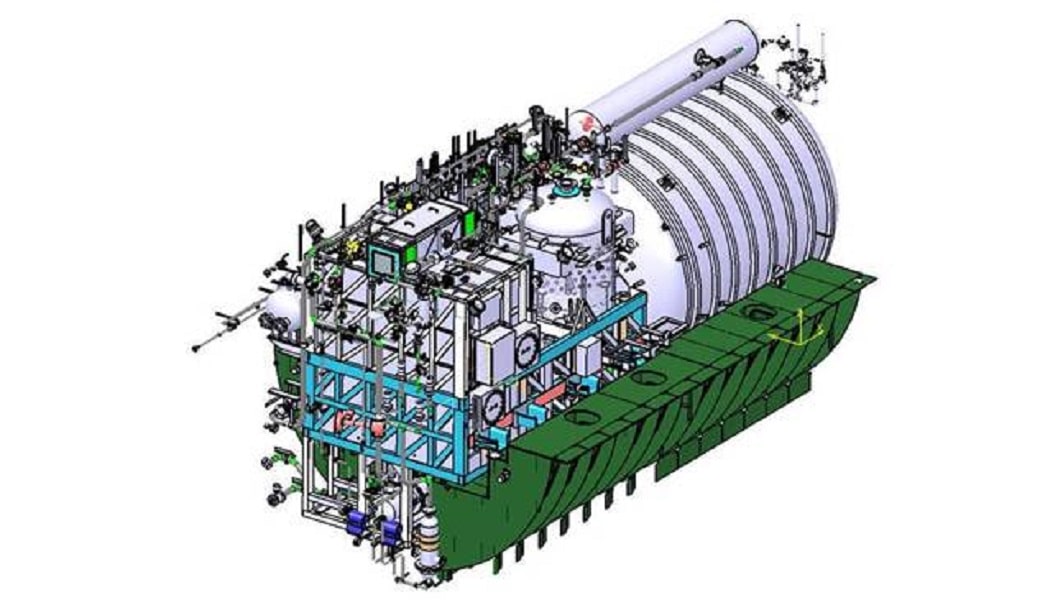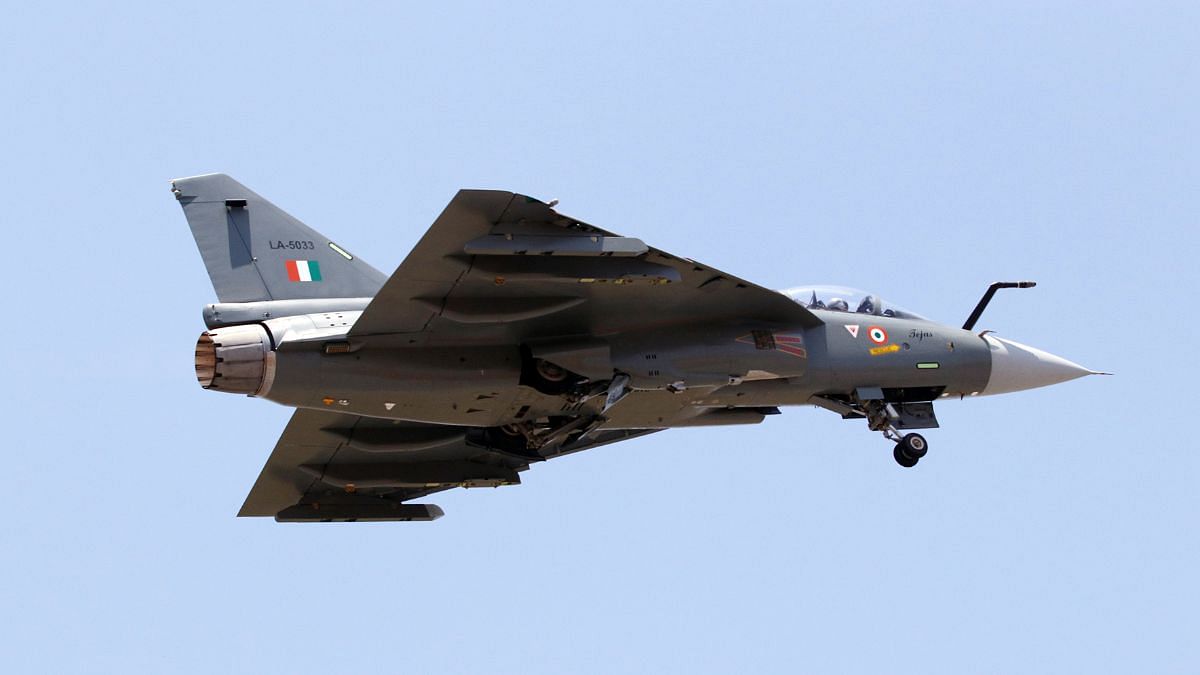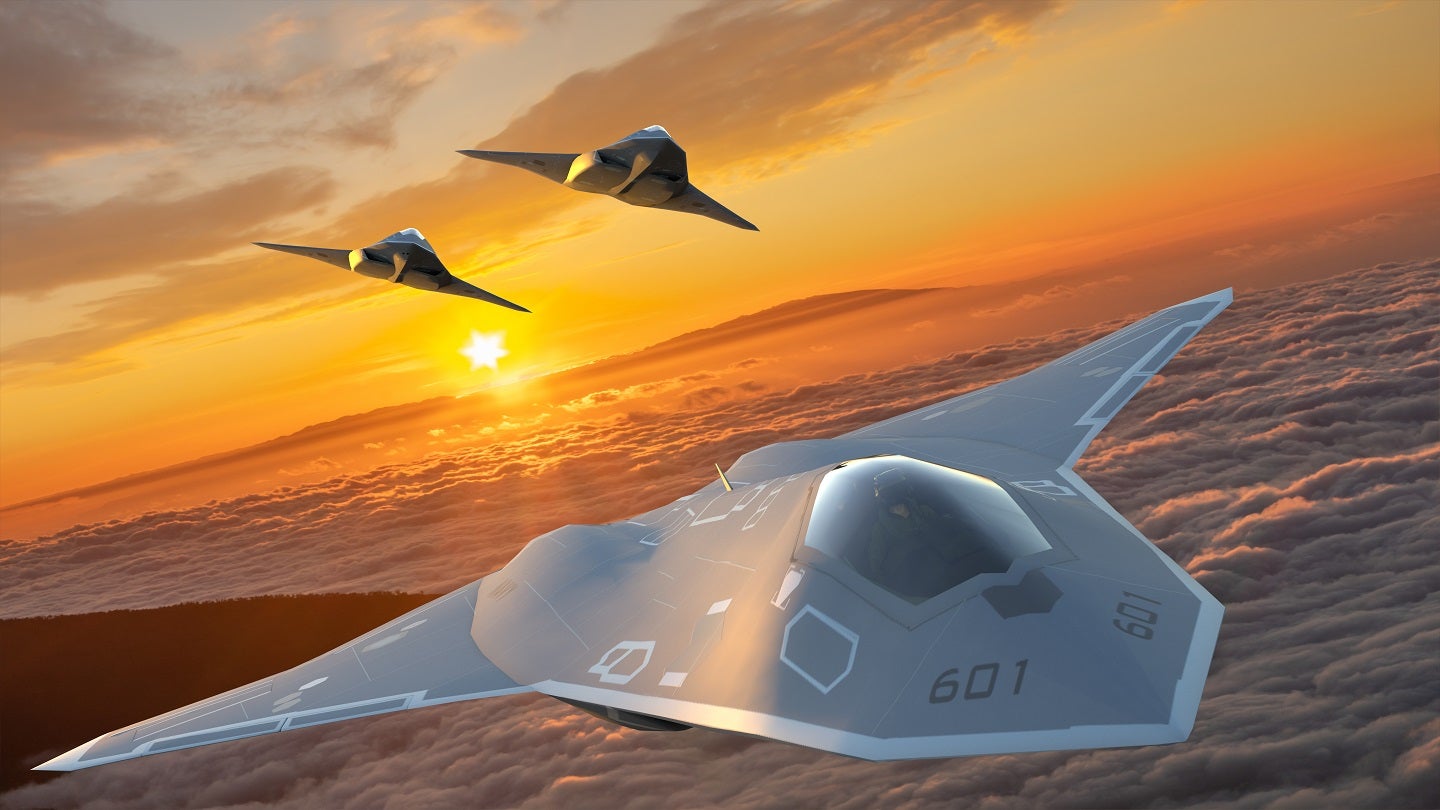SOURCE: AFI

On the 20th of July, 2024, a momentous Memorandum of Understanding (MoU) was signed between Armoured Vehicles Nigam Limited (AVNL) and Ashok Leyland. This significant event was graced by the esteemed presence of Dr. Mohan Yadav, Chief Minister of Madhya Pradesh, and key figures from both organizations, including Shri Sanjay Dwivedi, Chairman and Managing Director of AVNL, and Shri Sanjeev Kumar Bhola, Chief General Manager of VFJ (Vehicle Factory Jabalpur), a unit of AVNL. Representing Ashok Leyland were Shri Krishnan Sadagopan, Senior Vice President, and Shri Ravikanth S, AGM of Defence Vehicles.
The MoU aims to spearhead the collaborative development of Hydrogen Internal Combustion Engine (H2ICE)-powered load carriers, specifically designed for the Indian defence forces. This innovative venture marks a pivotal step towards sustainable and advanced defense logistics.
Continue readingSOURCE: RAUNAK KUNDE / NEWS BEAT / IDRW.ORG

India’s Defense Research and Development Organisation (DRDO) is making significant strides in underwater warfare technology with the development of an advanced Air-Independent Propulsion (AIP) module. This innovative system promises to significantly enhance the endurance and capabilities of Indian submarines.
The DRDO’s AIP module utilizes phosphoric acid fuel cells, each generating a robust 13.5 kW of power. While this output meets the immediate needs of the Kalvari-class submarines (currently requiring up to 15.5 kW), DRDO is setting its sights even higher. Recognizing the need for future submarine classes like the P-76, they’re spearheading the development of a larger AIP module capable of generating a scaled-up 20 kW.
Continue readingSOURCE: RAUNAK KUNDE / NEWS BEAT / IDRW.ORG

The Indian Navy has unveiled its vision for the Jalkapi, a next-generation Autonomous Underwater Vehicle (AUV) designed for extended underwater survey missions. This ambitious project aims to provide the Navy with a powerful tool for gathering critical data from the depths of the ocean.
The Jalkapi boasts an impressive mission endurance of 45 days at sea. This extended operational capability is achieved through onboard recharging using a diesel generator, allowing the AUV to replenish its batteries and continue its mission without needing to return to a support vessel.
Continue readingSOURCE: RAUNAK KUNDE / NEWS BEAT / IDRW.ORG

The Defence Research and Development Organisation (DRDO) is taking its Smart Anti-Airfield Weapon (SAAW) program to new heights. Plans are underway to transform the SAAW into a mini air-launched cruise missile (ALCM) variant, significantly enhancing its capabilities.
The existing SAAW is an unpowered weapon, relying on glide for target acquisition. The new ALCM variant will be equipped with a mini turbojet engine, enabling powered flight and a substantial increase in operational range. This upgrade is expected to push the range beyond 200 kilometres, compared to the 100 kilometres of the current SAAW EQ variant.
Continue readingSOURCE: AFI

The Ministry of Defence (MoD) has issued a stringent deadline to Hindustan Aeronautics Limited (HAL) to deliver 18 Tejas Mk1A and Tejas Trainer aircraft by March 2025, marking a significant escalation in pressure on the state-owned aerospace giant. HAL has been grappling with substantial delays in the production and delivery of the light combat aircraft, with the first Tejas Mk1A only taking to air only in March of this year.
A primary culprit behind the production setbacks has been the shortage of engines supplied by GE Aerospace. To mitigate this issue, GE Aerospace has pledged to deliver two engines per month starting from September, which is anticipated to alleviate the supply constraint. HAL intends to allocate these new engines to the production of fresh aircraft while utilizing a stockpile of reserved engines to fulfill the MoD’s mandated delivery schedule.
Continue readingSOURCE: AFI

– The mysterious metal object that washed ashore on Green Head beach in Western Australia last year has found a new home. Confirmed to be the third stage of an Indian Polar Satellite Launch Vehicle (PSLV), the giant metal dome will soon be on display at the Scitech Planetarium.
The discovery of the rocket debris sparked widespread curiosity and speculation when it was found in July 2023. Authorities cordoned off the area while experts investigated its origins. India later confirmed that the object indeed belonged to one of its PSLV rockets.
Continue readingSOURCE: AFI

The head of Air Combat Command (ACC), General Kenneth Wilsbach, recently indicated the Air Force is on track to select a contractor for its next-generation fighter jet program later this year. This news comes amidst concerns about the affordability of the program, dubbed Next Generation Air Dominance (NGAD).
NGAD is envisioned as a comprehensive system, not just a single aircraft. It’s expected to include an advanced piloted fighter jet, a fleet of unmanned drone wingmen known as collaborative combat aircraft, a cutting-edge engine, and potentially other integrated technologies.
Continue readingSOURCE: AFI

In a move towards self-reliance in navigation technology, India’s Defence Research and Development Organisation (DRDO) has commissioned a Bengaluru-based firm to develop a receiver chip specifically for the Indian Regional Navigation Satellite System (IRNSS), also known as NavIC.
Developed by the Indian Space Research Organisation (ISRO), NavIC offers an indigenous satellite navigation system for India. It aims to provide precise positioning and timing services to land, rail, and air users, aiding in easier route navigation. Currently, India relies heavily on the US-operated Global Positioning System (GPS) for these services.
Continue readingSOURCE: IDRW.ORG TEAM

The Defence Research and Development Organisation (DRDO) has confirmed the upcoming induction of the Astra MkII, a new Beyond Visual Range (BVR) air-to-air missile, into the Indian Air Force (IAF). Dr. Samir V. Kamat, Secretary, Department of Defence R&D and Chairman, DRDO, made the announcement, corroborating an earlier report by idrw.org.
The Astra MkII is expected to significantly enhance the IAF’s BVR combat capabilities. According to Dr. Kamat, the missile will be inducted within the next 2-3 years. This timeline aligns with idrw.org’s report suggesting user trials are set to begin later this year with production-ready configurations launched from Su-30MKI fighter jets.
Continue readingSOURCE: IDRW.ORG

The Gas Turbine Research Establishment (GTRE), a Bengaluru-based laboratory of DRDO, has partnered with ChiStats Labs, a data science and AI startup, to develop a revolutionary system for Aero Gas Turbine Engine (AGTE) health monitoring. This project leverages cutting-edge virtual sensors and artificial intelligence to ensure optimal engine performance and longevity.
This groundbreaking initiative focuses on creating a comprehensive diagnostic system for AGTEs. The system, built on a robust foundation of AI and Machine Learning (AI/ML), efficiently handles the massive amount of data generated by these engines. This allows for rapid and highly accurate operational assessments, leading to better-informed maintenance decisions. The virtual sensor framework, being developed indigenously, represents a significant leap forward in engine health monitoring.
Continue readingSOURCE: AFI

The Defence Research and Development Organisation (DRDO) has issued a call for development support, integration, and testing partners for an advanced Active Electronically Scanned Array (AESA) radar for aircraft applications. While the specific aircraft platform hasn’t been officially disclosed, industry sources suggest that the radar could be intended for the upcoming upgrade of the Sukhoi Su-30MKI fighter jet, potentially replacing the existing radar with the indigenously developed UTTAM AESA.
The DRDO’s move signifies a significant step towards enhancing India’s indigenous capabilities in radar technology. By collaborating with industry partners, the organization aims to accelerate the development process and leverage private sector expertise.
Continue readingSOURCE: AFI

@Mrcool63040811
The Indian Navy has issued a Notice to Airmen (NOTAM) announcing live firing exercises in the lower Bay of Bengal from the 19th to the 24th of this month. The designated area, spanning approximately 730 kilometers, is located off the coast of Sri Lanka and falls directly within a major marine traffic lane.
Due to the nature of the exercise, which is likely to involve ship-based missile tests, maritime traffic in the region is expected to be disrupted. Mariners and aviators are advised to exercise extreme caution and adhere to the restrictions outlined in the NOTAM.
Continue readingSOURCE: AFI

Air Marshal AP Singh, Vice Chief of Air Staff, underscored the critical need for agile and flexible air forces in the face of rapidly evolving technological landscapes at the Air & Missile Defence India 2024 conference. The event, jointly organized by the Centre for Air Power Studies (CAPS) and Indian Military Review (IMR), brought together industry leaders, military experts, and policymakers to discuss the challenges and opportunities in air and missile defense.
Highlighting the increasing complexity of the aerial threat spectrum, Air Marshal Singh emphasized the importance of self-reliance in India’s air defense ecosystem. He stressed the need for collaborative efforts between the DRDO, DPSUs, and the private sector to develop innovative technologies and out-of-the-box solutions.
Continue readingSOURCE: AFI

The Ministry of Foreign Affairs of Sri Lanka has addressed recent media reports concerning the country’s submission to the United Nations Commission on the Limits of the Continental Shelf (UNCLCS) in New York, and matters related to the International Seabed Authority (ISBA) in Jamaica regarding exploration activities at the Afanasy Nikitin Seamount.
Continue readingSOURCE: AFI

India and China, powerful Asian giants, share a rich history but a complex relationship. While the 1962 war is often etched in collective memory, a lesser-known conflict in 1967 offers a crucial piece of the puzzle. This 1967 clash, fought on the Himalayan heights of Sikkim, marked a turning point. After the 1962 defeat, India’s victory in 1967 restored a sense of balance and national pride.
Following the 1962 setback, India craved a chance to reassert itself. This opportunity arrived in 1967 at Nathu La and Cho La passes along the Sikkim border. The spark? A disagreement over fencing the border, with China viewing it as an Indian encroachment.
Continue reading